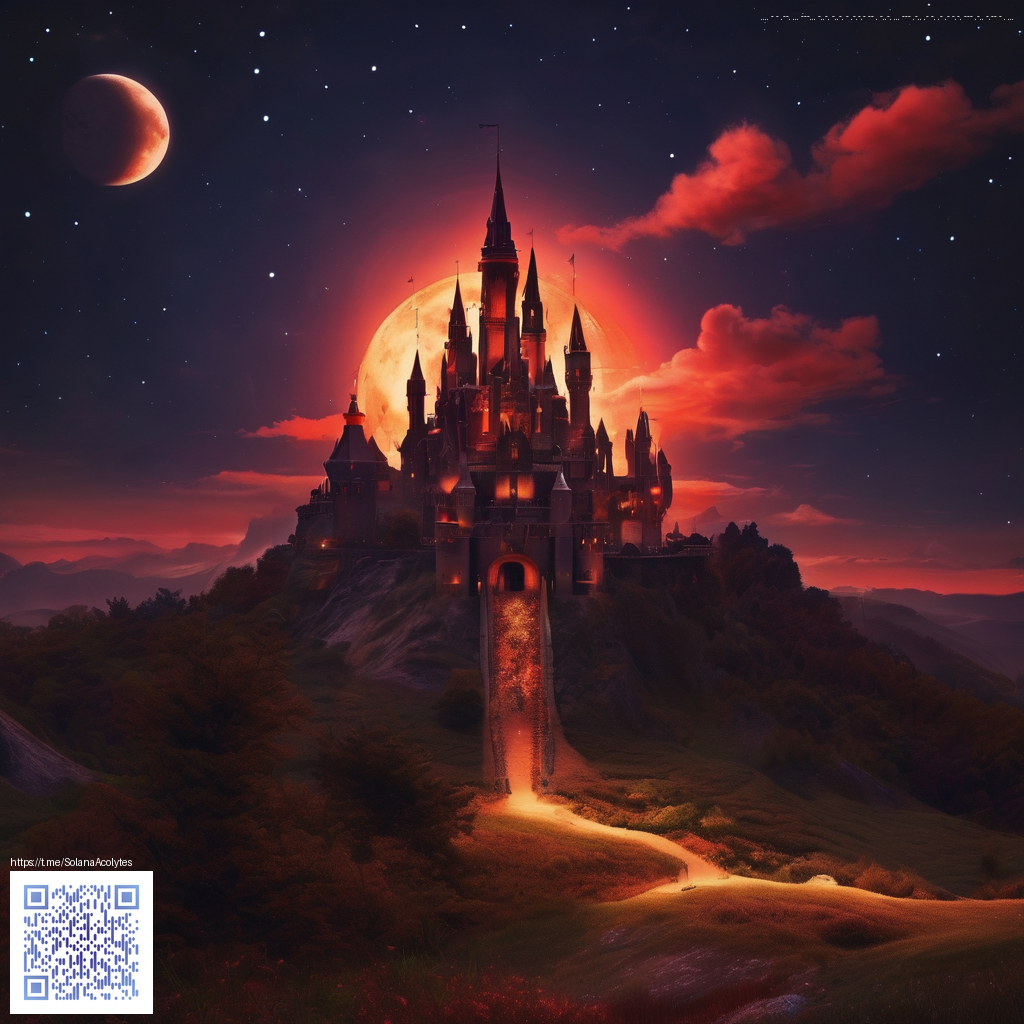
Why Rayman Legends Keeps Fans Replay Ready in a Modern Age
When Rayman Legends launched in 2013 from Ubisoft Montpellier it arrived with a promise to celebrate playability as a social craft. It fulfilled that promise by launching a platforming carnival that invites friends to gather around a single screen and chase perfect paths together. Its enduring appeal rests on a combination of precise mechanics, shared discovery, and a willingness to reward repeated attempts with fresh routes and hidden surprises.
The core appeal is the way the game handles timing, rhythm, and spatial awareness. Each stage blends tight corridors with generous open spaces so players learn to read the tempo of a level while improvising to survive. Murfy, the mischievous helper who appears during puzzle sections, adds a clever twist that rewards cooperative problem solving. Rather than simply surviving a level, players learn to sequence actions across teammates, creating moments of chaotic brilliance that feel earned rather than luck based.
Cooperative energy that sustains communities
Four player couch co op is the heartbeat of the Legends experience. Characters with distinct moves weave a tapestry of strategy where a well timed leap, a perfectly placed glide, or a rescue mid flight becomes a shared triumph. New players slip into the flow quickly because the design keeps the barrier to entry low while maintaining depth for advanced play. The result is a continuous loop of teaching and learning that keeps communities talking and planning for the next session.
Speed runners and completionists thrive on the same platform because the game quietly hides multiple objectives within each level. Collecting lums, rescuing teensies, unlocking alternate routes, and achieving high scores all feed a persistent sense that there is more to discover. The balance between approachable co op chaos and hidden puzzle mastery is a rare craft that older platforms often struggle to maintain in a modern package.
Layered exploration and replayable design
The level design welcomes experimentation. Familiar stages unlock new pathways as players experiment with different character combos and routes. The rhythmic nature of certain sections encourages players to time jumps with musical cues, turning play into a dance as much as a test of reflexes. Even after completing a run, there is value in revisiting a level to uncover a shortcut, a hidden stash of lums, or a better co op formation that clears a screen of obstacles with elegance.
Community discussions show fans questioning the best order to tackle chapters, debating which co op setups yield the most satisfying chases, and sharing clips of triumphant rescues. That communal curiosity creates a living dialogue around the game, stretching the shelf life far beyond what a single playthrough could achieve. It is this social dimension that converts a single afternoon into a long term habit for many players.
Developer craft and growing ports
Ubisoft Montpellier built Legends with a painterly aesthetic that feels timeless on modern displays. The fluid animation style and bold color palette are not just cosmetic; they serve readable silhouettes and clear feedback during hectic moments. The design philosophy favors player empowerment, allowing groups to improvise around a level rather than forcing a singular approach. Over the years, ports and updates have improved performance and accessibility, broadening the game’s reach to new generations of players without erasing its roots.
From a community perspective the game becomes a canvas for shared storytelling. Players swap tips for speeding through a zone, discuss the best routes for earning gold medals, and compare how different platform inputs change the feel of a stage. The result is a living conversation that keeps the title on community playlists and in party rotation across platforms.
While the landscape of platformers has evolved, Legends stands as a reminder that great games balance challenge with charm. Its playful tone, crisp controls, and cooperative tempo create a loop of immediate feedback and long term goals that remains irresistible for fans old and new. And the occasional nod to nostalgia found in the hand drawn visuals acts as a bridge between retro sensibilities and contemporary performance expectations. 💠
Support a decentralized internet and help empower independent creators across networks that value openness and resilience. Your contribution fuels community led projects and keeps accessible, creative experiences alive.
Donate now